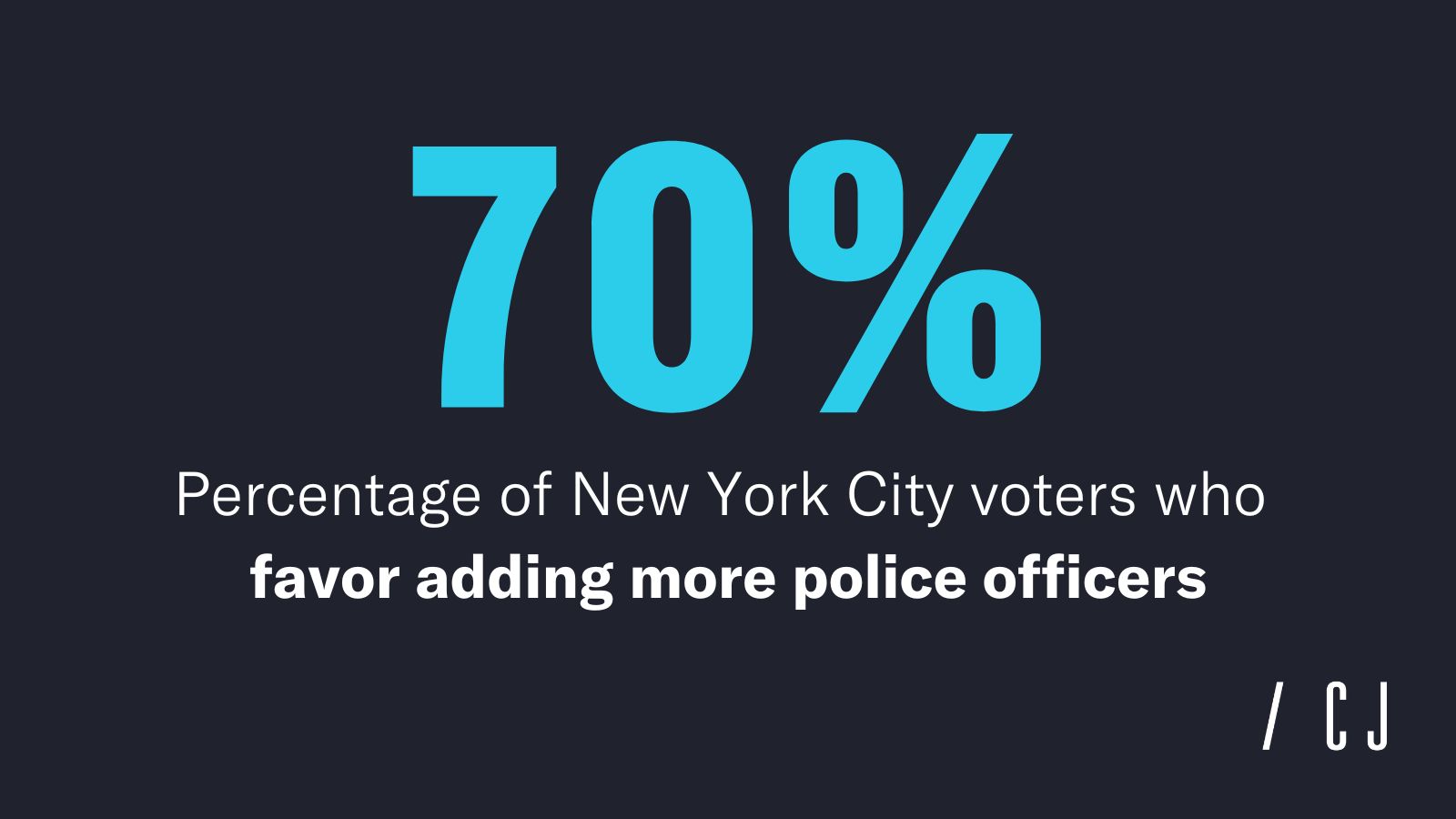|
Forwarded this email? Sign up for free to have it sent directly to your inbox. |
|
|
Good morning,
Happy Friday. Today, we’re looking at where the Pacific Northwest went wrong on drug policy, Joe Biden’s “environmental justice” agenda, a new silent plane, Eric Adams’s political future, and a major shift in state politics.
Don’t forget to write to us at editors@city-journal.org with questions or comments. |
|
|
In 2021, more than 500 San Franciscans died of drug overdoses, yet not one person was convicted of dealing fentanyl.
From 2020 to 2022, arrests for drug possession in Oregon dropped by 68 percent. The State of Washington saw a staggering drop of 90 percent. “If you wanted to use or deal hard drugs free of any constraints, there was no better place to be in these years than the Pacific Northwest,” writes Stanford University professor Keith Humphreys.
That’s thanks to the liberalized drug policies these states adopted in 2020. “Well-funded activists persuaded policymakers and the public that even flagrant drug dealing and open drug use were inappropriate targets for police intervention,” Humphreys writes. “Voters also rejected pressuring addicted people to seek treatment in favor of an exclusively harm-reduction approach.”
The consequences have been horrific—disorder, overdose deaths, property crime, violent crime, homicides. Thankfully, Americans have since turned against this approach to drugs. But it’s worth reflecting on the lessons from the Pacific Northwest’s experience. Read what they are here. |
|
|
| And what we can learn from the Pacific Northwest’s drug policy experiments
|
|
|
The Biden administration’s “environmental justice” agenda was never really about the environment. As James B. Meigs explains, it was more about funneling billions of dollars to progressive activist groups while burdening infrastructure projects with bureaucratic red tape. Now, the Trump administration is pulling the plug on the environmental justice boondoggle, which “potentially wastes more tax dollars than the entire USAID budget.”
Biden’s executive orders required that 40 percent of federal climate and infrastructure spending go to “disadvantaged communities.” The result? A slush fund for left-wing organizations, with little oversight and even less environmental impact. One group, the Climate United Fund, run by Democratic Party insiders, received nearly $7 billion.
Ending this waste is a no-brainer, but stopping the flow of cash is only the beginning. The real challenge will be rolling back the Biden era’s sweeping laws that embedded environmental justice mandates into nearly every federal agency. Read the full piece here. |
|
|
Breaking the sound barrier is nothing new—but doing it without making a sound? That’s a big deal, writes Will Rinehart.
Last week, Boom Supersonic’s XB-1 demonstrator jet reached Mach 1.12 over California, but unlike the deafening Concorde, its supersonic boom never reached the ground. Thanks to clever engineering and a physics phenomenon called the Mach cutoff, the flight marks a major step toward quiet, commercial supersonic travel.
The test paves the way for Boom’s next big project: the Overture airliner, designed to cruise at Mach 1.7 with up to 80 passengers. If all goes to plan, Boom aims to have Overture certified by 2029, though tickets won’t come cheap—transatlantic fares could top $5,000. But the potential benefits are huge. Faster air travel means more economic connectivity, shrinking distances between innovation hubs and accelerating business growth.
Americans have always pushed the boundaries of speed, from railroads to rockets. If Boom succeeds, the next revolution in air travel won’t just be fast—it’ll be quiet, too. Read the full piece here. |
|
|
Earlier this week, Donald Trump’s Department of Justice moved to drop federal charges against New York mayor Eric Adams. Those charges would have presented a formidable obstacle to the mayor’s reelection hopes, but Adams faces a new electoral liability: being associated with Trump, a man whom many New Yorkers loathe. As Paul Dreyer and Christian Browne write, the DOJ’s move frees Adams of his legal troubles but leaves him in “an almost impossible political position.” And the city faces the prospect of another mayoral administration that “will likely end in frustration, dogged by corruption.”
|
|
|
State politics has seen a massive shift in recent decades. In 1992, 31 states had divided government. Today? Just 12.
The change has been a boon for Republicans. Since the 2010 midterm elections, the GOP has more than doubled the number of states it fully controls. “The political shift has been accompanied by massive changes in migration patterns toward Republican states,” writes City Journal Senior Editor Steven Malanga. “That has corresponded with rising economic power of areas like the Southeast, now solidly Republican, even as Democratic-leaning regions decline.”
|
|
|
Apparently if you utter the phrase “common sense,” you’re participating in some sort of sinister authoritarian collusion. That is, at least, if you’re Fox News. A New York Times article points to hosts’ supposed overuse of the phrase, which Trump and his administration use to describe his policies, as evidence of “deepening ties between the government and the right-wing media.”
The Times went so far as to dig into the data (and even make a graph), which shows that the network said “common sense” nearly 500 times last month, up from 200 times in previous years. Gasp! When it comes to being in a partisan echo chamber, the Times should look in the mirror. (Remember the publication’s assertions that Kamala Harris’s campaign was supposedly running on joy?) |
—
If you have Face Palm candidates—embarrassing journalism or media output; cringe-worthy conduct among leaders in government, business, and cultural institutions; stories that make you shake your head—send them our way at editors@city-journal.org. We’ll publish the most instructive with a hat tip to the source.
|
|
|
Photo credits: PATRICK T. FALLON / Contributor / AFP via Getty Images |
|
|
A quarterly magazine of urban affairs, published by the Manhattan Institute, edited by Brian C. Anderson. |
|
|
Copyright © 2025 Manhattan Institute, All rights reserved. |
|
|
|




